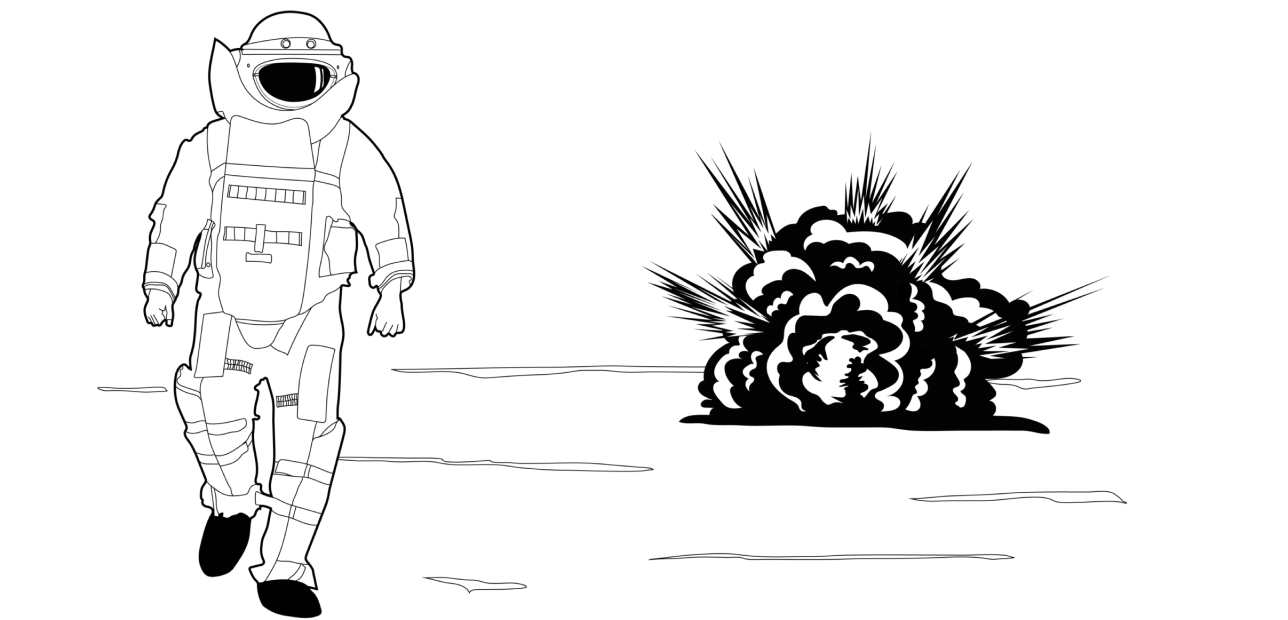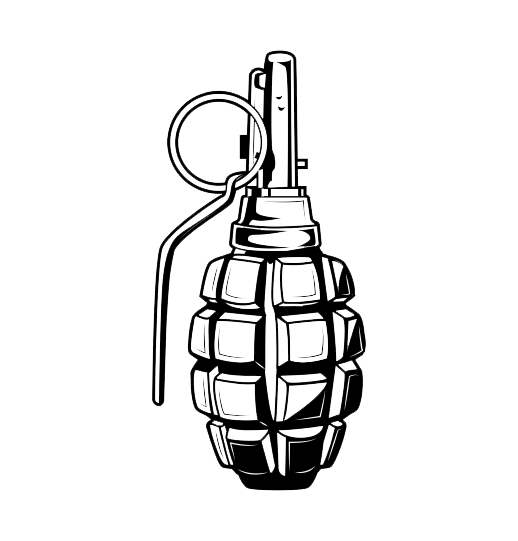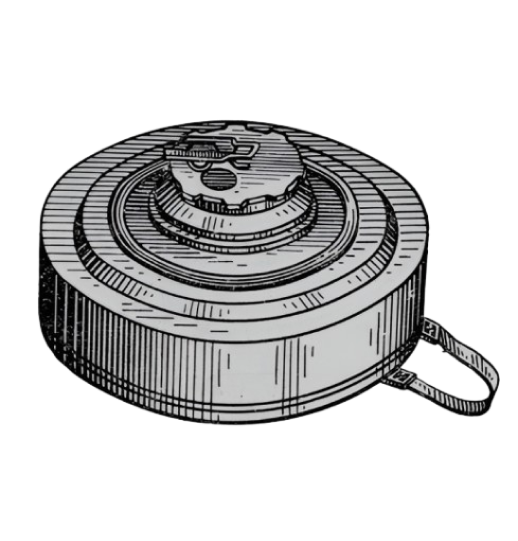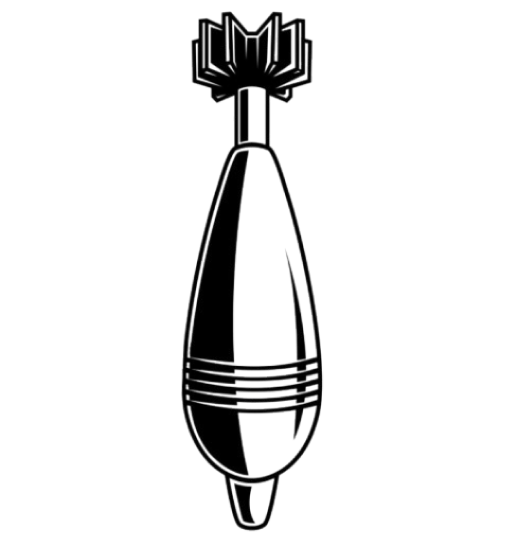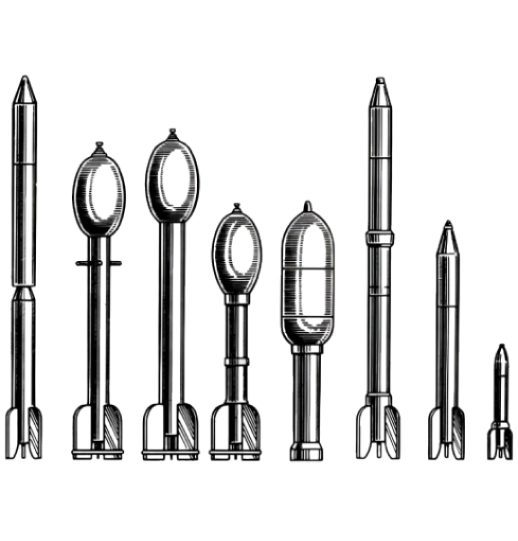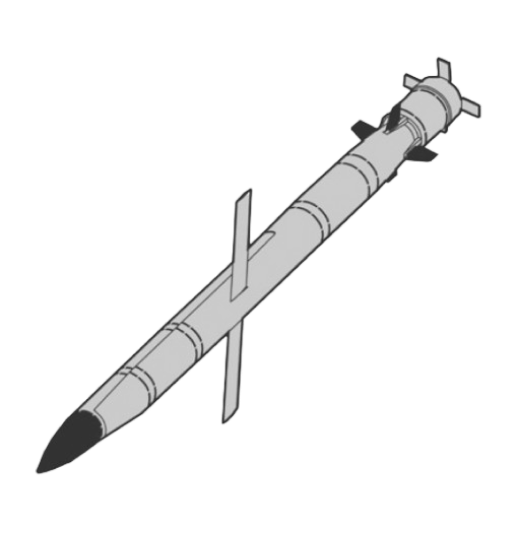Humanitarian demining
A set of activities carried out by mine action operators to eliminate hazards associated with explosive ordnance, including non-technical and technical surveys of territories, mapping, detection, neutralization and/or destruction of explosive ordnance, marking, preparation of post-mining documentation, provision of information to communities on mine action and handover of the cleared area.
DetailsExplosive dismantling of structures
A quick way to demolish emergency buildings. The cost of dismantling a building in the usual way can reach up to 30% of the cost of new construction. Demolition of buildings by explosion is at least a 2-fold reduction in costs. The demolition of buildings and structures by explosion is carried out on their own foundation or in a given direction. Explosive means make the explosive method of demolition the fastest and safest. When demolishing buildings by explosion, a building dismantling project is drawn up, permits are obtained and the building is prepared for demolition.
DetailsLand plot survey
Surveying land plots to detect explosive hazards does not require a non-technical or technical survey. This service is usually used by construction, energy, gas and oil companies immediately before the start of excavation works. After the survey of the territory, the customer is guaranteed to receive an act with a schematic annex of the cleared territory.
DetailsExplosive ordnance risk education
The purpose of the training is to ensure a sufficient level of awareness among the population living in the de-occupied territories and areas contaminated with explosive ordnance. The knowledge and skills gained will significantly reduce the risk of damage to the population and allow them to conduct normal economic and other activities in the above-mentioned territories.
DetailsOur partners
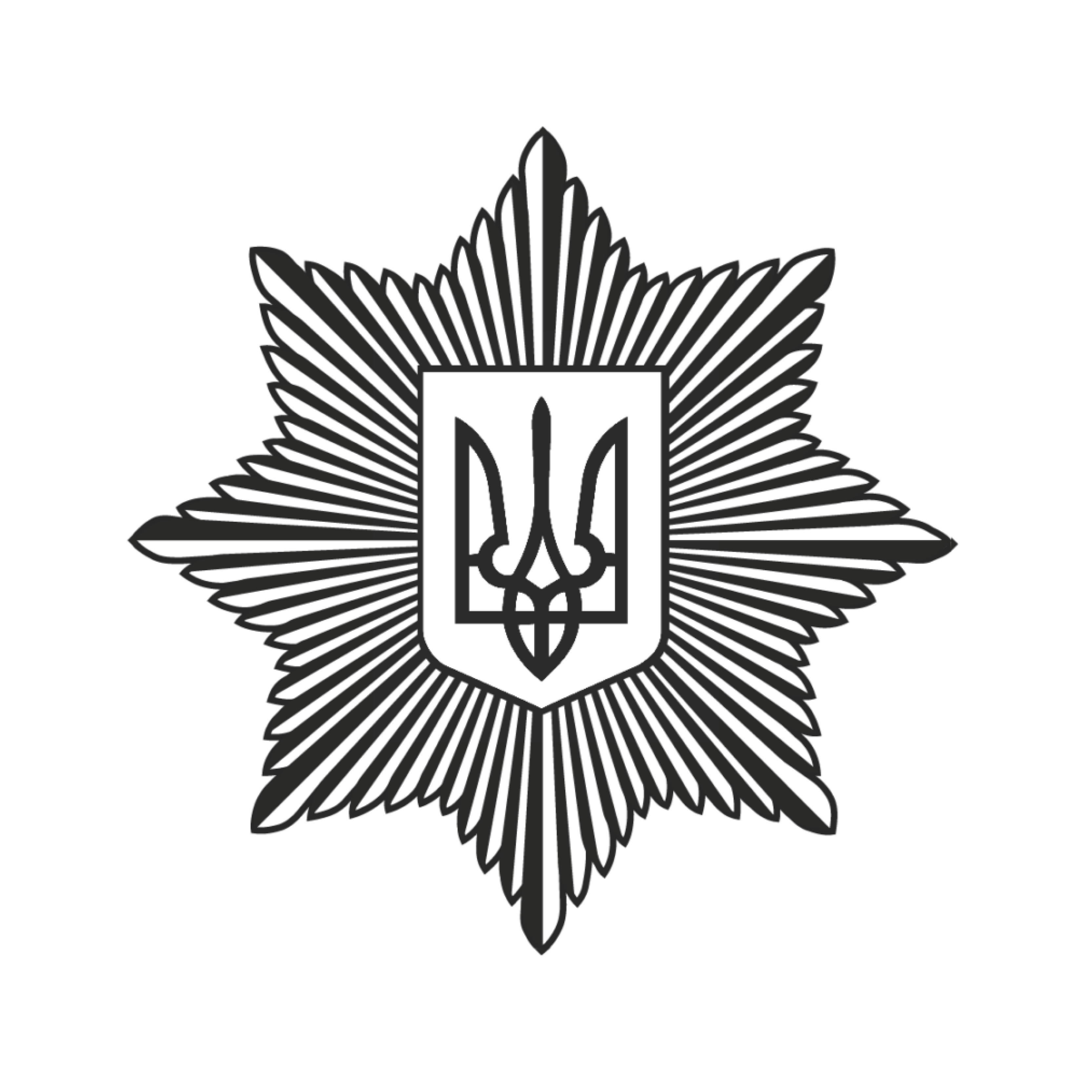
National Police of Ukraine
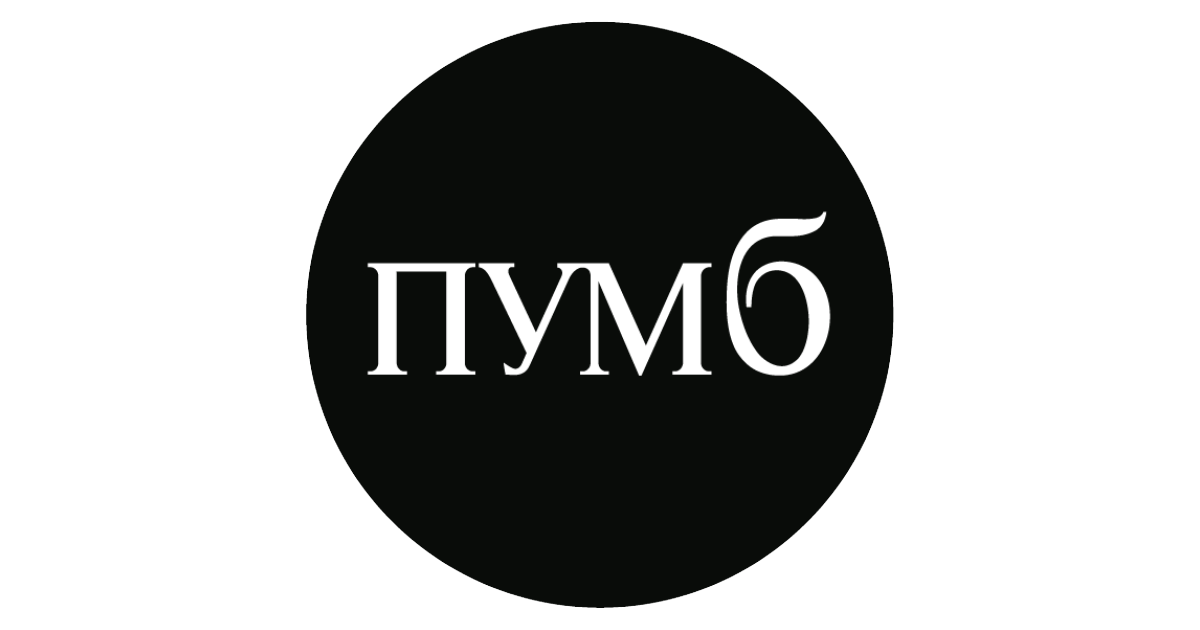
First Ukrainian International Bank (FUIB)

PJSC CB “PRIVATBANK”
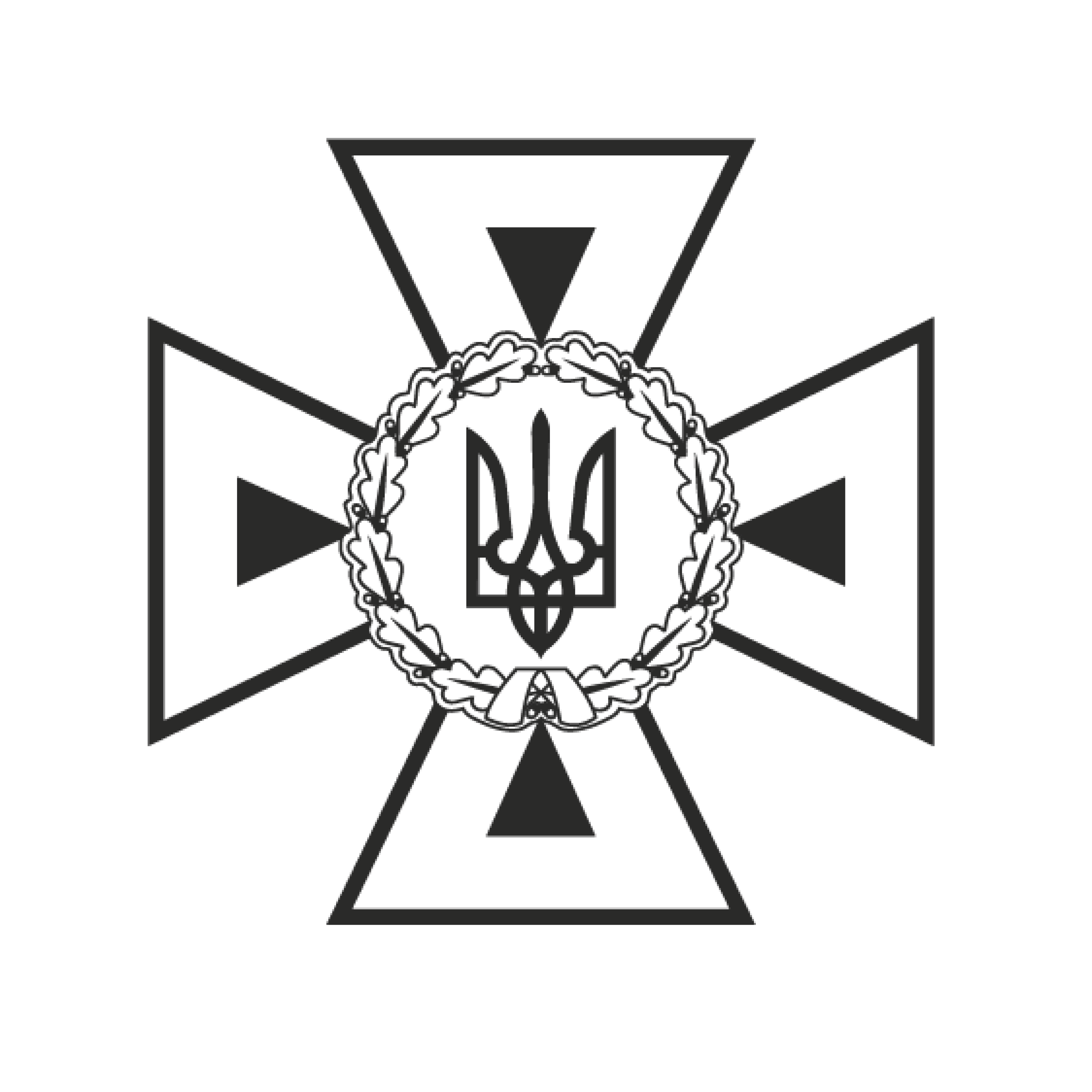
State Emergency Service of Ukraine

Fondation suisse de déminage (FSD)

Global Clearance Solutions (GCS)

Geneva International Centre for Humanitarian Demining (GICHD)
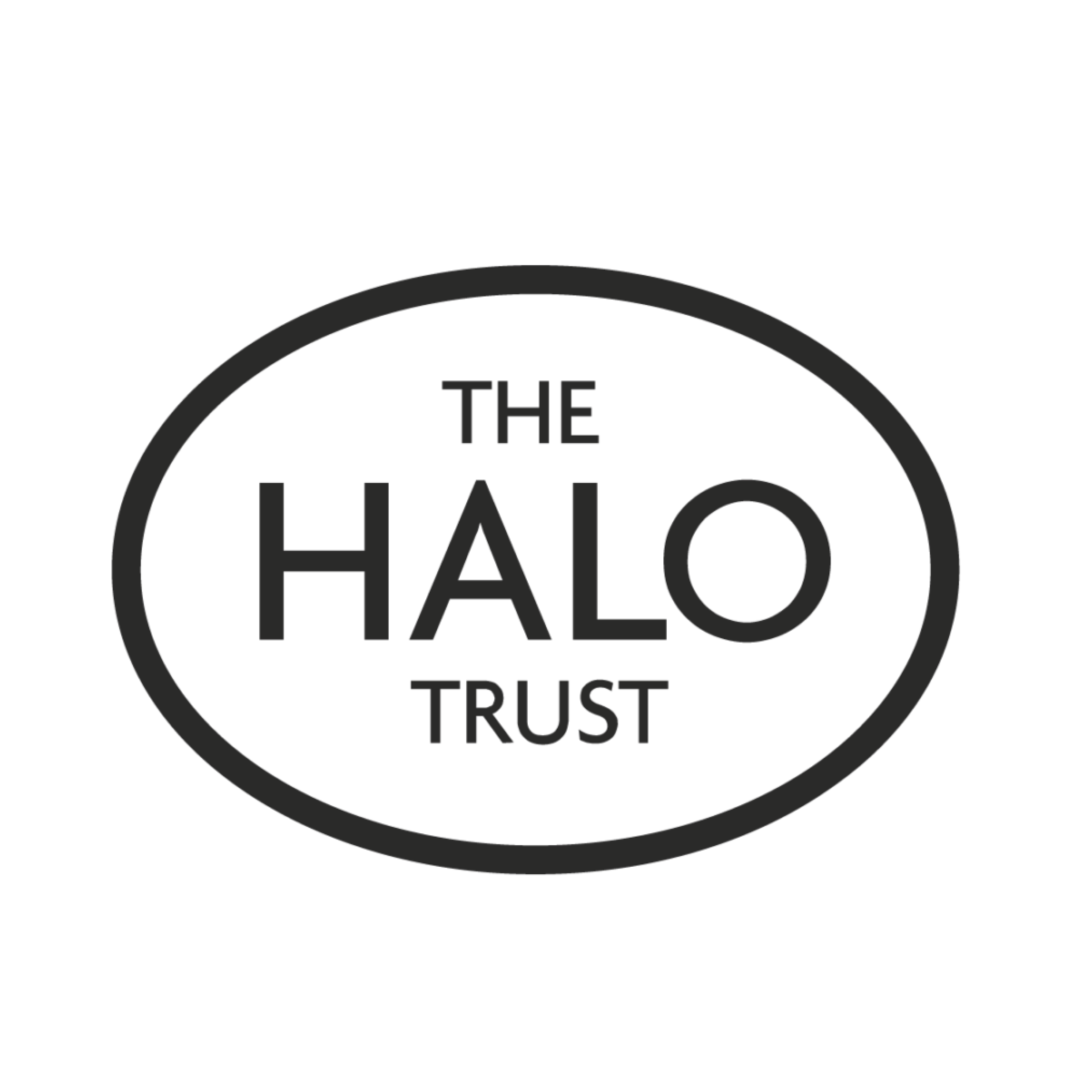
The HALO Trust

Mines Advisory Group (MAG)

AILAND SYSTEMS
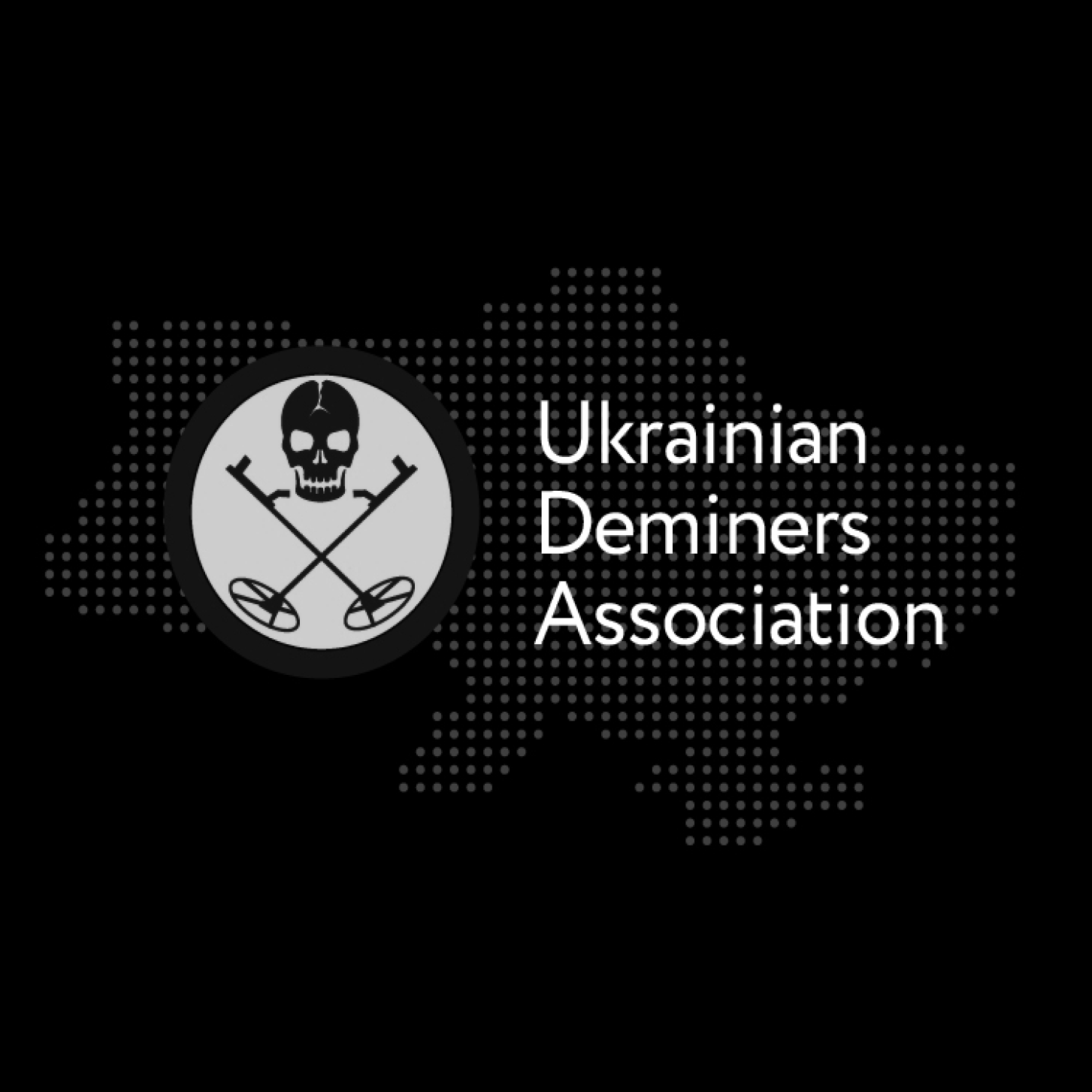
Ukrainian Deminers Association

BIG UA

FREE WAY

STATE ENTERPRISE "NAUKOVO-DOSLIDNYY TSENTR PROBLEM NADROKORYSTUVANNIA "HEORESURS"

Global Demining

EPICENTR SAFETY
Ministry of Internal Affairs of Ukraine

Ministry of Economy of Ukraine
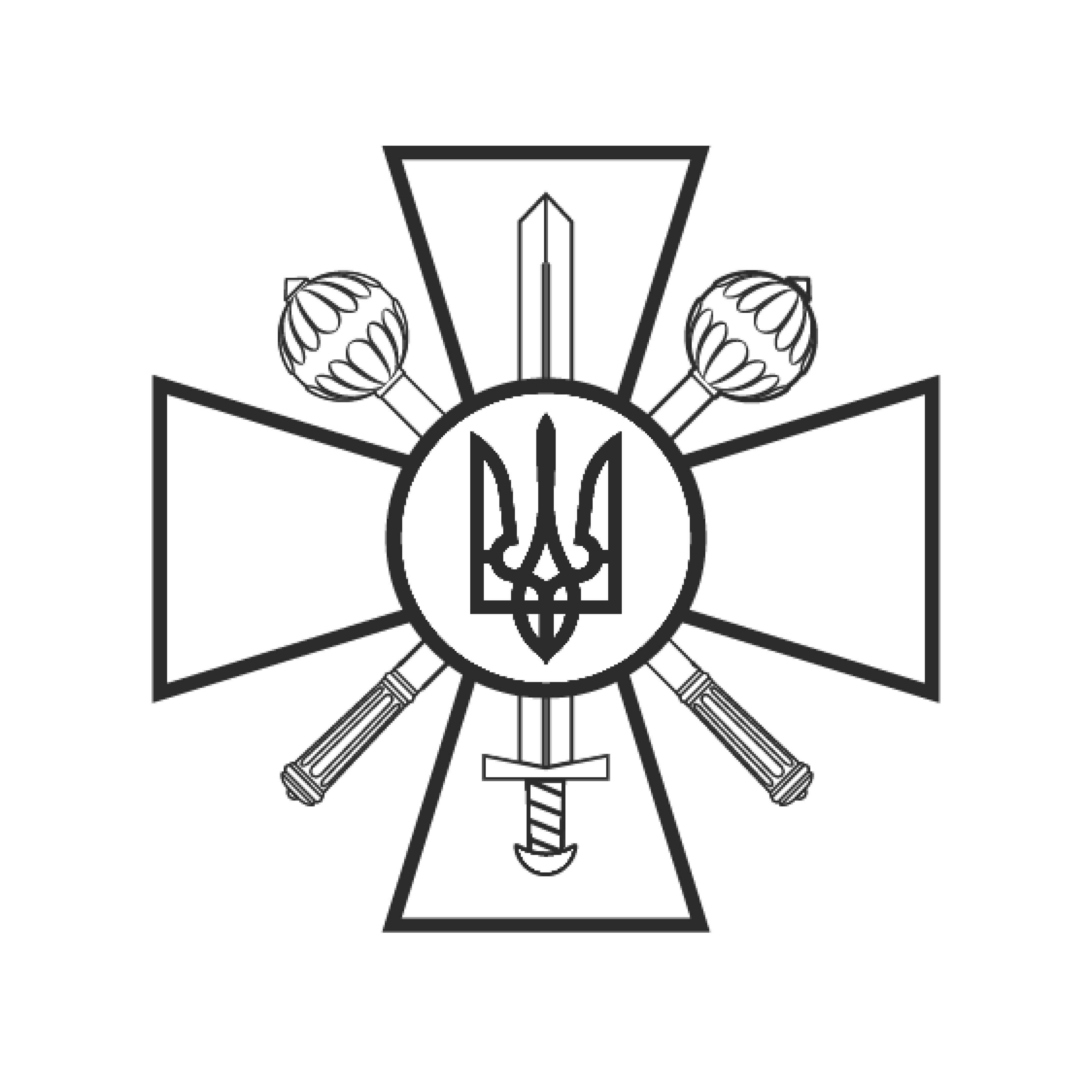
Ministry of Defence of Ukraine

RADABANK
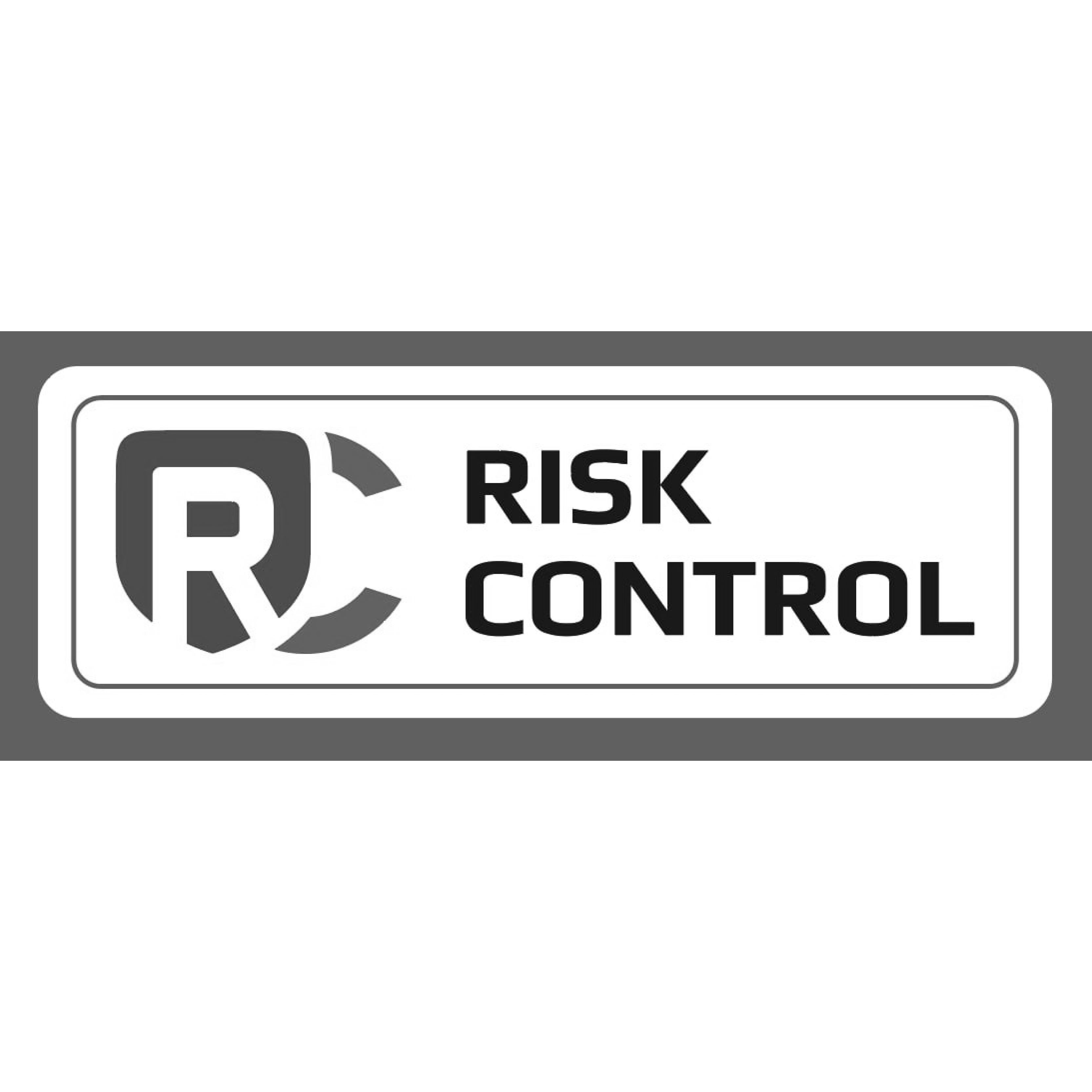
RISK CONTROL

TEMERLAND
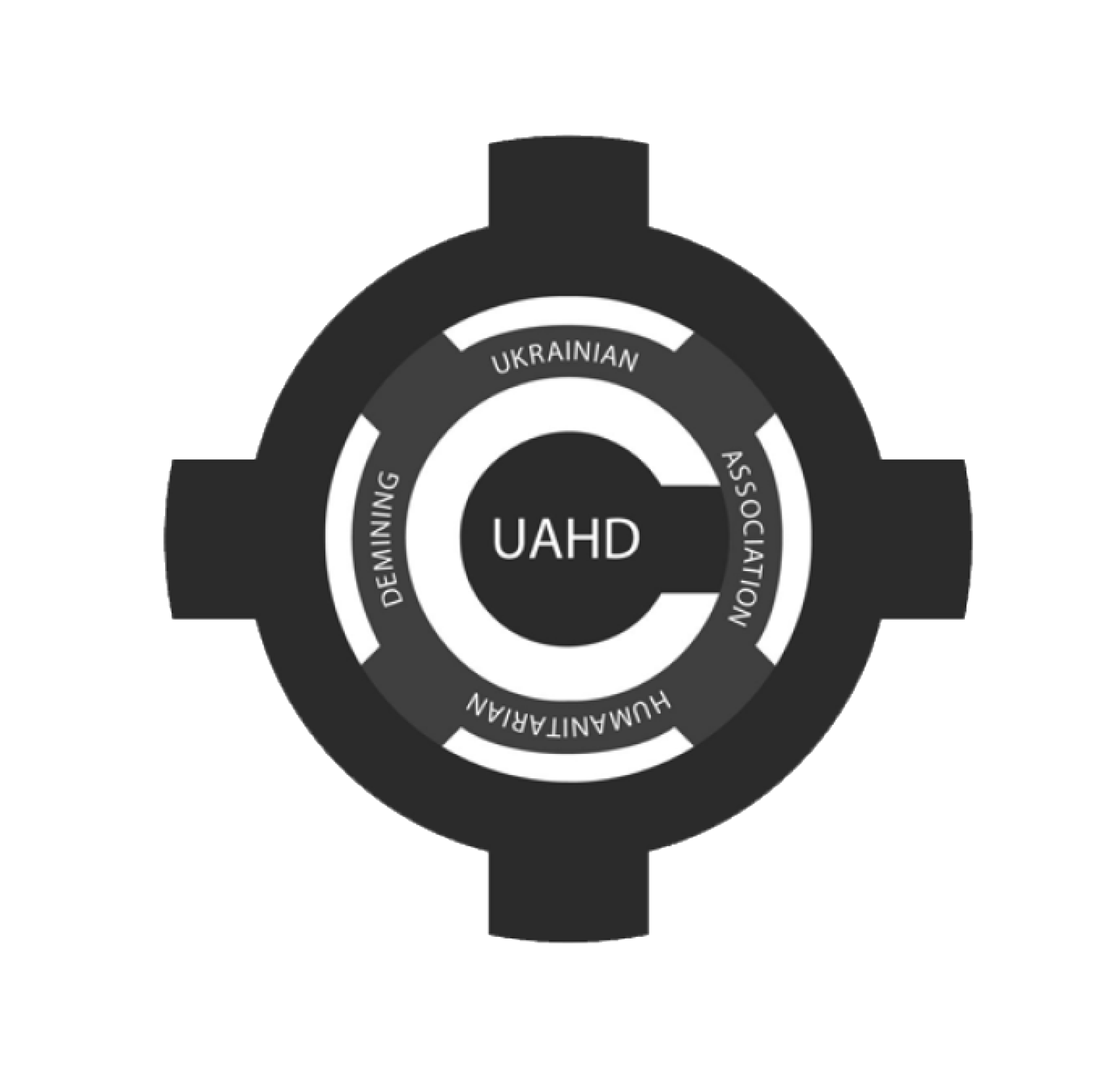
The Ukrainian Association of Humanitarian Demining
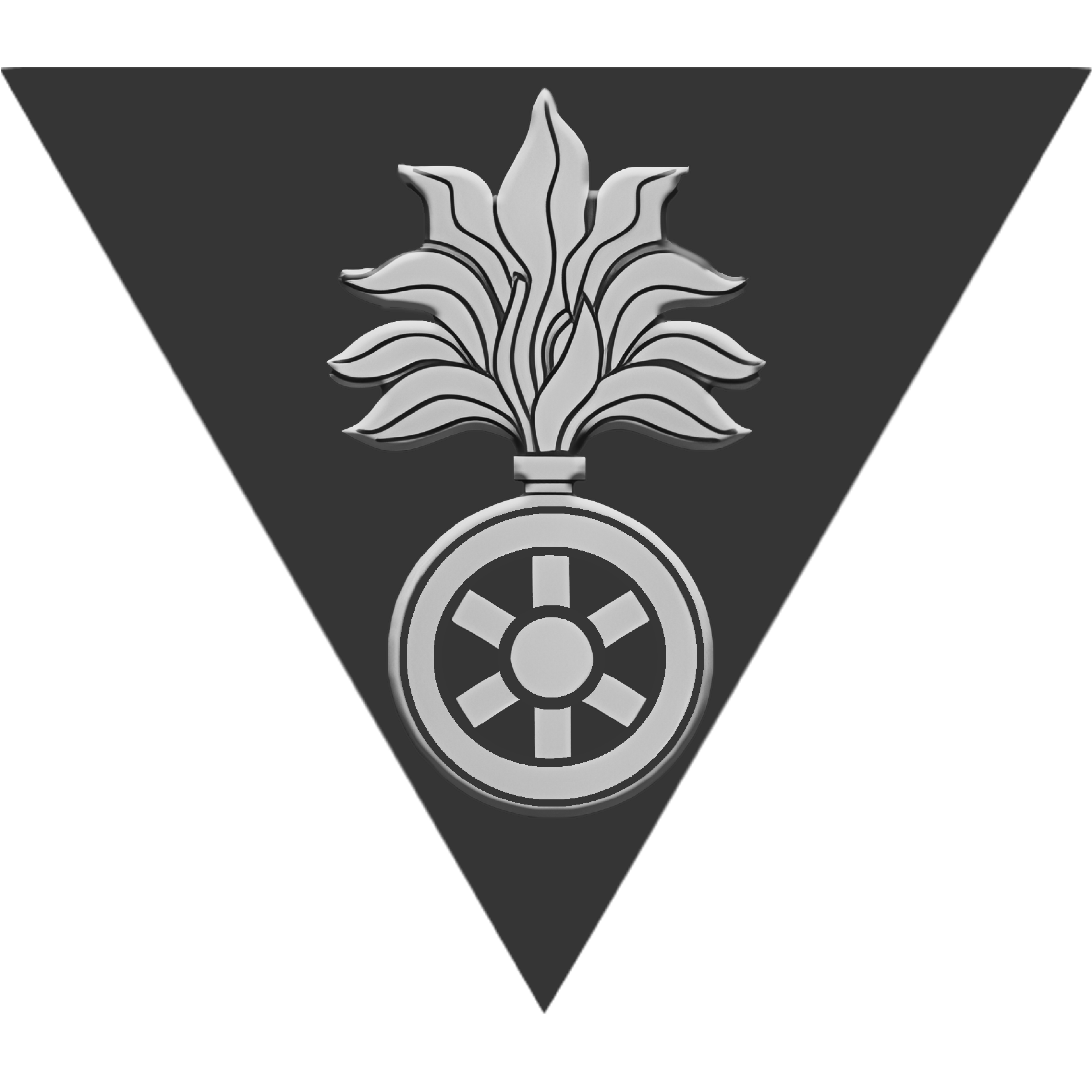
MINE ACTION CENTER

SHERIFF DEMINING
